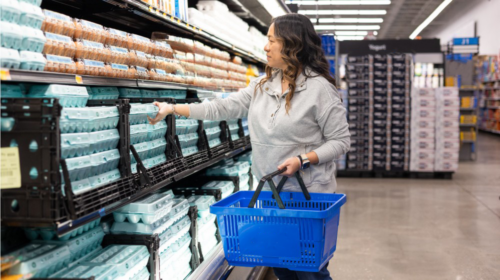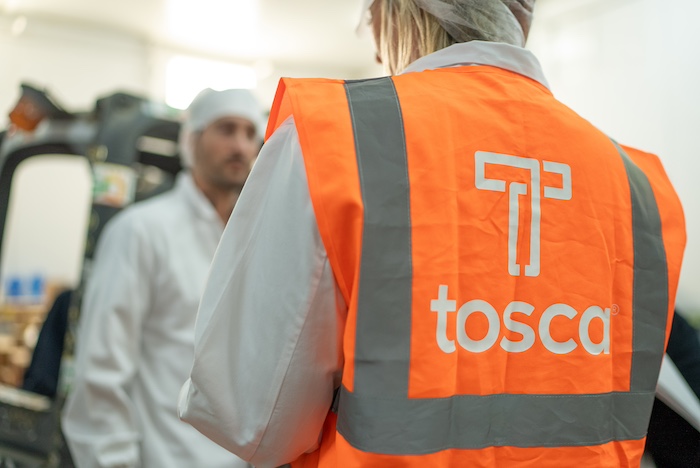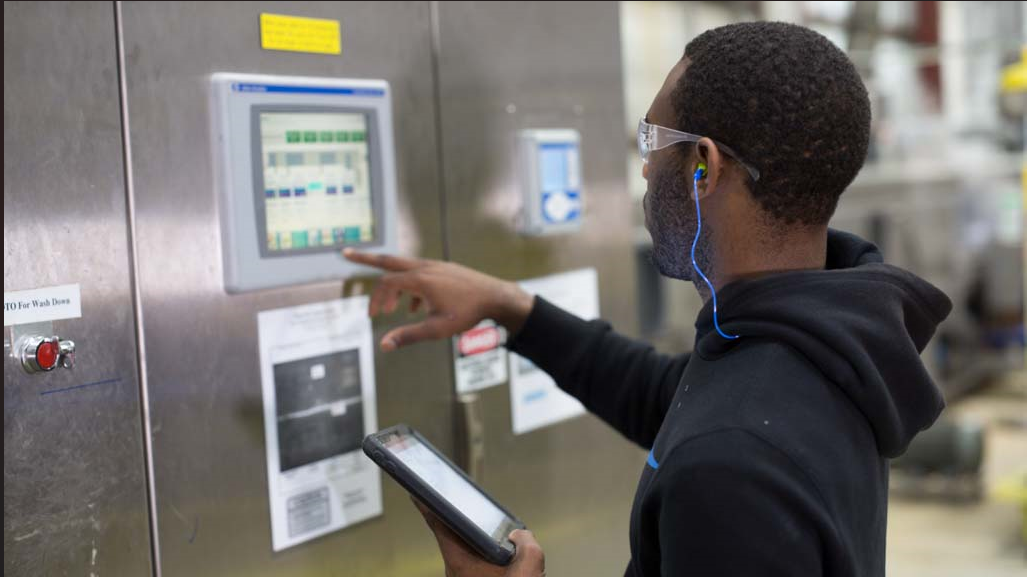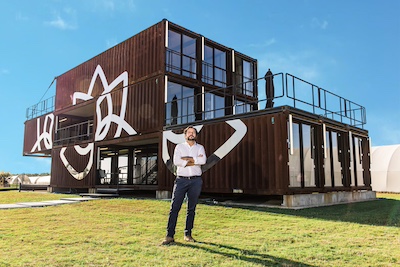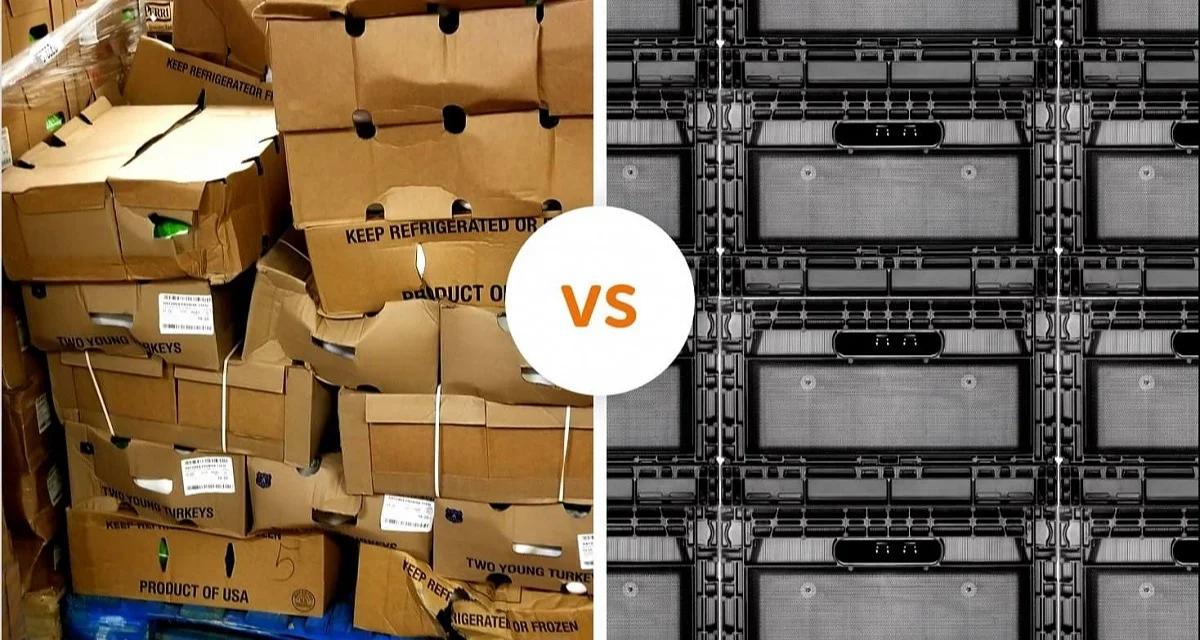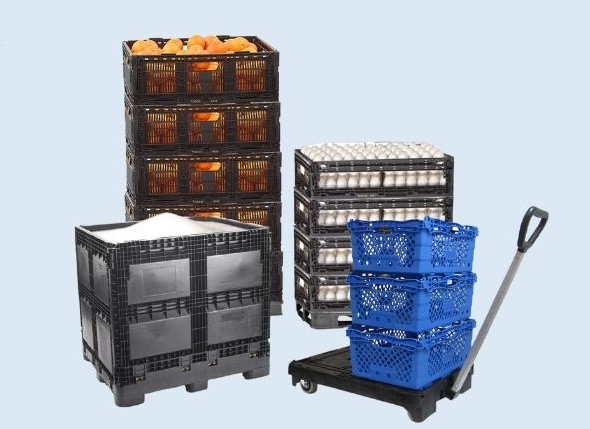In this article
Packaging might not seem like a boardroom decision. But when it can make or break your food safety strategy, it should be.
Last year, more than 1,900 food recalls cost US companies billions. While traceability, temperature controls, and training are vital to food safety, many of those risks began with something simpler: The wrong packaging.
In this article, we’ll explore how packaging impacts food safety at every stage of the supply chain and why reusable plastic containers (RPCs) offer the protection your products—and your brand—need.
Harvest and packing: The first contamination risk
Food safety relies heavily on initial packaging decisions, and the choice of materials can introduce (or reduce) food safety risks as early as the first stage of the supply chain.
For decades, corrugated boxes have been the top packaging solution for the food industry, largely due to their accessibility and low cost.
However, these boxes come with downsides when it comes to food safety during harvesting and packing. Corrugated doesn’t provide sufficient ventilation, which prevents eggs and meat from cooling quickly and decreases the freshness of produce.

What’s more, because corrugated boxes are porous, they easily trap bacteria, and since they can’t be properly sanitized, harmful pathogens linger. This exposure puts food products at serious risk.
Corrugated boxes are also hygroscopic, meaning they’re highly vulnerable to moisture. Whenever moisture comes into contact with the boxes, they become structurally weaker and more likely to warp, tear, and collapse under weight, which causes leakers.
How RPCs help prevent contamination during harvest and packing
Unlike corrugated boxes, RPCs are made of a non-porous, moisture and bacteria-resistant plastic. These crates are easy to clean and sanitize. When combined with proper washing and food safety protocols, they can be reused and cleaned hundreds of times without the risk of residual contamination.
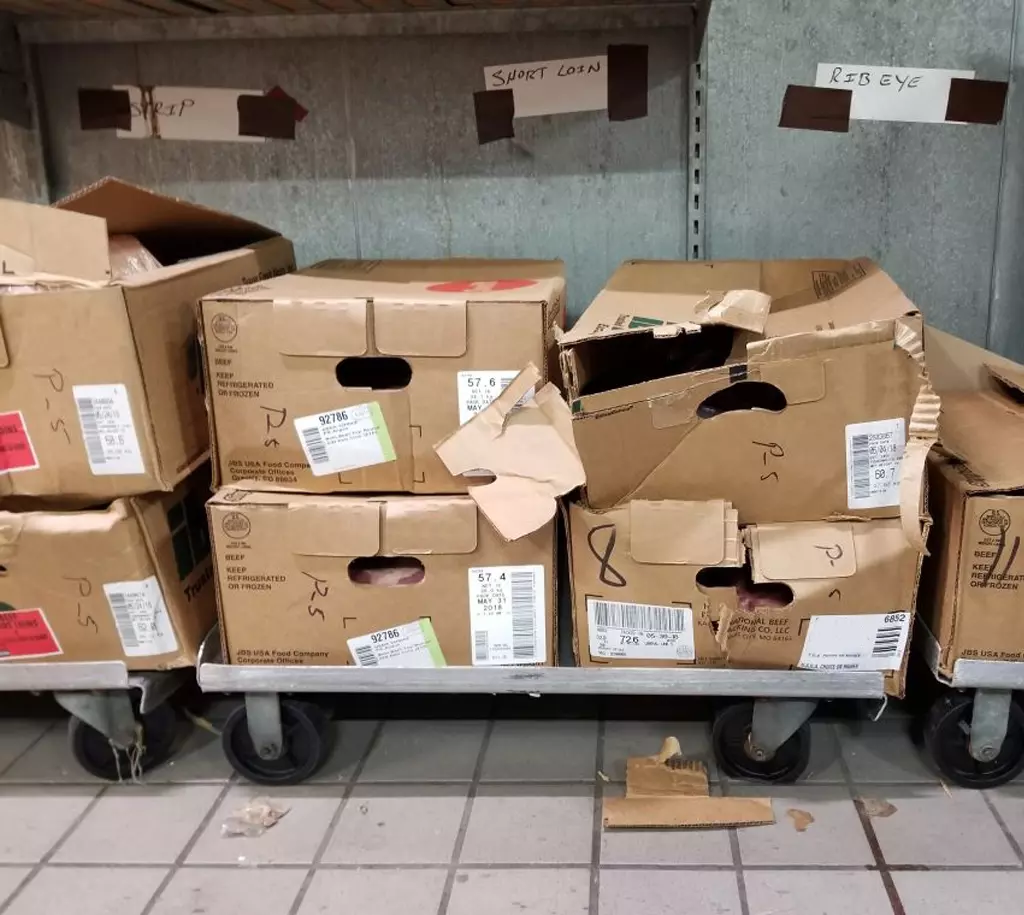
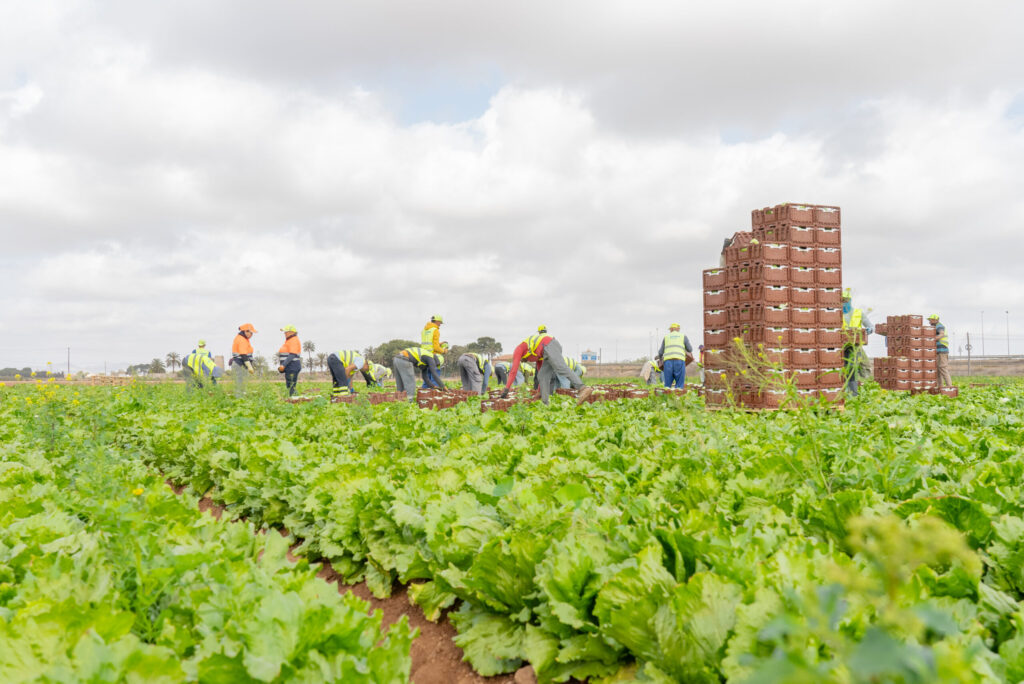
Transportation: Jeopardizing food safety en route
The food safety risks associated with corrugated boxes don’t stop at harvest and packing. Instead, they continue down the supply chain to transportation.
During transport, corrugated boxes can experience a range of challenges that can compromise the food products inside, such as:
- Fluctuating environmental conditions: Temperature and humidity changes can cause corrugated boxes to weaken, compromising their ability to provide adequate ventilation and cooling. This makes temperature control between interior and exterior boxes uneven.
- Movement during transportation: Long-haul delivery isn’t always smooth—vibration and jostling during transport increase the risk of damage to packaging.
- Dropping and stacking pressure: If boxes are dropped or stacked improperly, the impact may damage the packaging, creating points where contaminants can enter. These box failures can cause leaking poultry and meat trays, eggs cracking and spilling, as well as food damage.
- Moisture: Melting ice, leaking products, and condensation weaken the fibers and adhesive glue within corrugated boxes, causing them to sag, collapse, or spill.
When exposed to high humidity or wet conditions, the durability of corrugated boxes can decrease by up to 40%. As their strength degrades, something as common as a scrape against the inside wall of a truck can cause a large puncture or tear—and introduce food safety risks as well as product damage.
Ways RPCs prevent food safety risks during transportation
The moisture-resistant, rigid, and durable structure of RPCs helps them maintain their shape under heavy loads and rough handling.
Since they’re designed for secure stacking, they stay stable during transit, minimizing the risk of shifting and product damage. RPCs also have built-in ventilation to promote airflow around products, which allows products to stay fresh down the supply chain.

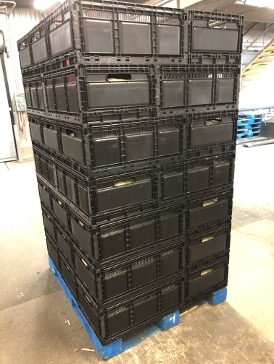
Distribution and storage: A weak spot of corrugated boxes
Packaging-related food safety issues don’t end once products arrive at their destination.
Movement and rough handling during loading and unloading can cause tears, dents, and crushed boxes, exposing products to potential contamination.
The weak structure of corrugated boxes can also lead to stacking problems in warehouses and distribution centers. When boxes of different sizes are palletized together, they may shift or collapse, increasing the risk of contamination and time spent by workers on cleanup.
Unfortunately, corrugated boxes can also attract pests during storage. Insects and rodents view the fluted layers as comfortable places to nest and the fibers as a food source, which adds even more food safety risks.
How RPCs solve food safety risks during distribution and storage
The durable design of RPCs allows for easy stacking, unstacking, and transporting, making them a more efficient solution than the corrugated boxes.
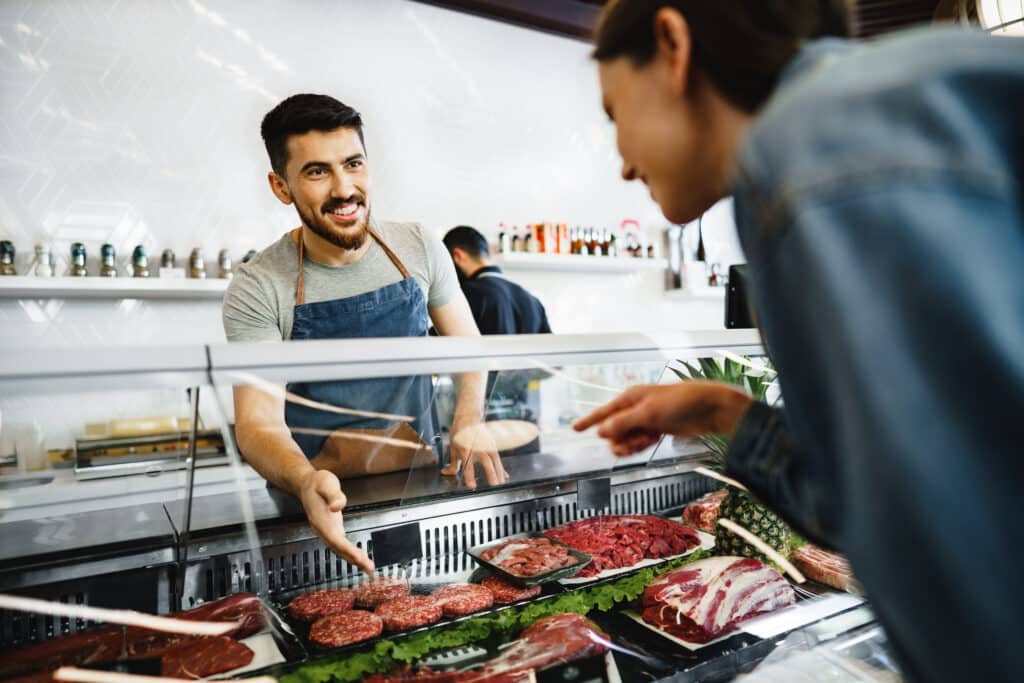
How damaged packaging impacts consumer perceptions of food safety
US grocery retailers estimate that $18 billion worth of food products that arrive at their stores are not sold due to factors like damaged boxes.
But beyond lost sales for retailers, broken packaging—torn or dented—raises immediate food safety concerns for consumers: Is the product safe or contaminated?
Is it fresh, or has it spoiled?
For consumers, packaging serves as their first impression of a brand’s quality. When packaging fails to provide a visual and physical guarantee of hygiene, freshness, and safety, the brand and product become suspect.
This is particularly true for fresh meat, produce, dairy, and ready-to-eat categories. As a result, damaged corrugated packaging compromises the product’s freshness and quality and impacts the consumer’s confidence in the brand’s commitment to food safety and public health.
RPCs help reduce the risk of these negative consumer perceptions when products hit the shelves. Designed with retail readiness in mind, RPCs help preserve product integrity and freshness so consumers feel confident about product quality.
What to consider before adopting RPC solutions
While RPCs provide clear advantages over corrugated boxes regarding food safety, hygiene, and visual appeal, brands often have concerns about switching.
This hesitation typically stems from three key factors: cost, efficiency, and traceability.
| Factor | Common Concern | How RPCs Solve It |
| Cost | RPCs require a higher upfront investment than corrugated. | Washed, sanitized, and reused hundreds of timesLower long-term costs due to fewer repurchasesMinimal product damage and spoilage results in less waste and fewer lost sales |
| Sustainability | Corrugated boxes are perceived as eco-friendly, but the reality is more complex—especially when boxes are waxed or soiled. | According to the Institute for Sustainable Futures, 30% of used corrugated ends up in landfills due to contaminationRPCs promote a closed-loop system and are 100% recyclable at end of life |
| Traceability | Brands need precise visibility to manage recalls and meet regulatory requirements. | Tosca’s standardized RPCs support RFID and IoT tracking (Asset IQ)Enables pinpointed recalls vs. full batch removalsImproves inventory accuracy and protects public health |
Better food safety starts with more durable packaging
Don’t let outdated packaging jeopardize your food safety or bottom line. Learn more about Tosca’s reusable plastic shipping crates, or schedule a consultation to discuss your process, product, and packaging.

